Scott #236 is part of the Columbian Exposition Issue, a series of 16 commemorative stamps released in 1893 to celebrate the 400th anniversary of Christopher Columbus’s first voyage to the Americas. These stamps were produced in conjunction with the World’s Columbian Exposition held in Chicago, an event highlighting achievements in art, science, and industry.
Scott #236, with an 8 cent denomination, depicts “Columbus Restored to Favor,” a scene inspired by historical narratives and artworks that show Columbus regaining royal support after earlier controversies.
Design & Print
Scott #236 was printed by the American Bank Note Company, which was responsible for all stamps in the Columbian series. The design of the 8 cent stamp was executed in magenta colored ink.
The engraving was based on artistic interpretations of Columbus’s life, specifically scenes illustrating pivotal moments in his career. The vignette shows Columbus standing before Spanish authorities, symbolizing his restored reputation after his voyages.
10.6 million copies of Scott #236 were printed, beginning in early 1893. The quantity was lower compared to more common denominations in the series, reflecting its targeted use for specific postal rates rather than widespread domestic mail. Stamps in this series were printed using intaglio techniques, a method that allowed for intricate detail but required meticulous craftsmanship in engraving and printing.
Postal Usage
The 8 cent denomination of Scott #236 corresponded to several specific postal rates in the early 1890s. It was commonly used for third-class international mail weighing up to one ounce, which included printed matter such as pamphlets and magazines.
Additionally, it could be combined with other denominations to meet higher postage requirements for parcels or foreign destinations. At the time of its release, the United States postal system adhered to a tiered rate structure, with rates determined by weight, class, and destination. For example, the domestic first-class postage rate was two cents per ounce, so the eight-cent stamp could also cover double-weight domestic mail.
The release of the Columbian Exposition stamps marked a shift in the role of commemorative stamps within the postal system, demonstrating their dual purpose as both functional postage and promotional material for the exposition.
Identification
Scott #236 can be identified by its distinctive design, denomination, and color. The central vignette shows Columbus in a royal audience chamber, flanked by intricately engraved details of columns and arches, consistent with the series’ theme of European art and architecture. The frame of the stamp is labeled “United States Of America” at the top and “Postage Eight Cents” below that, with scrollwork and ornamental flourishes enhancing the design.
The stamp is printed in magenta ink, which distinguishes it from other denominations in the Columbian series that use different colors.
The top left corner says “1492” while the top right corner says “1892”. Not to be confused with the 1992 reissue (Scott #2627b) that says “1992” in the top right corner.
Comparisons to other stamps in the Columbian series show clear differences in the central vignettes, which depict unique moments from Columbus’s life, making visual identification straightforward when familiar with the series.



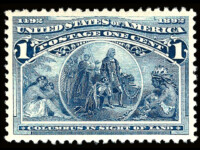
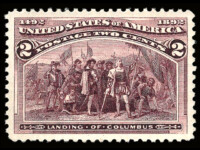
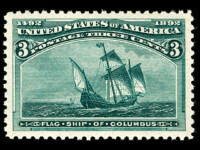
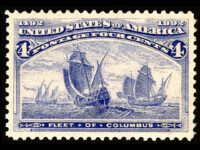
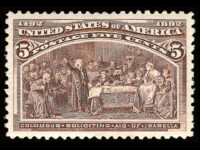
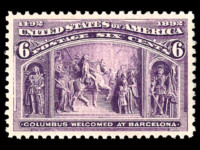
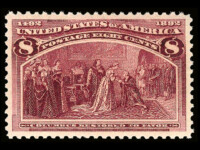
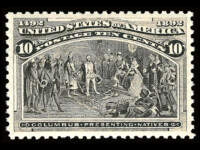
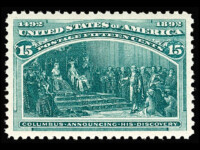
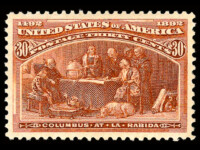
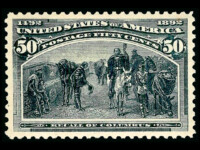
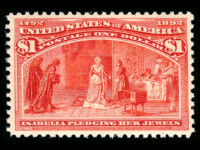
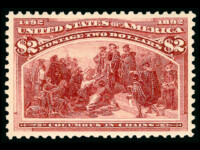
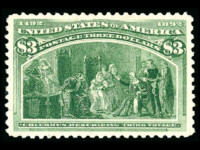
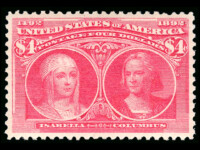
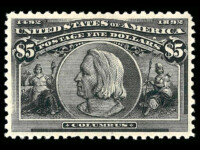









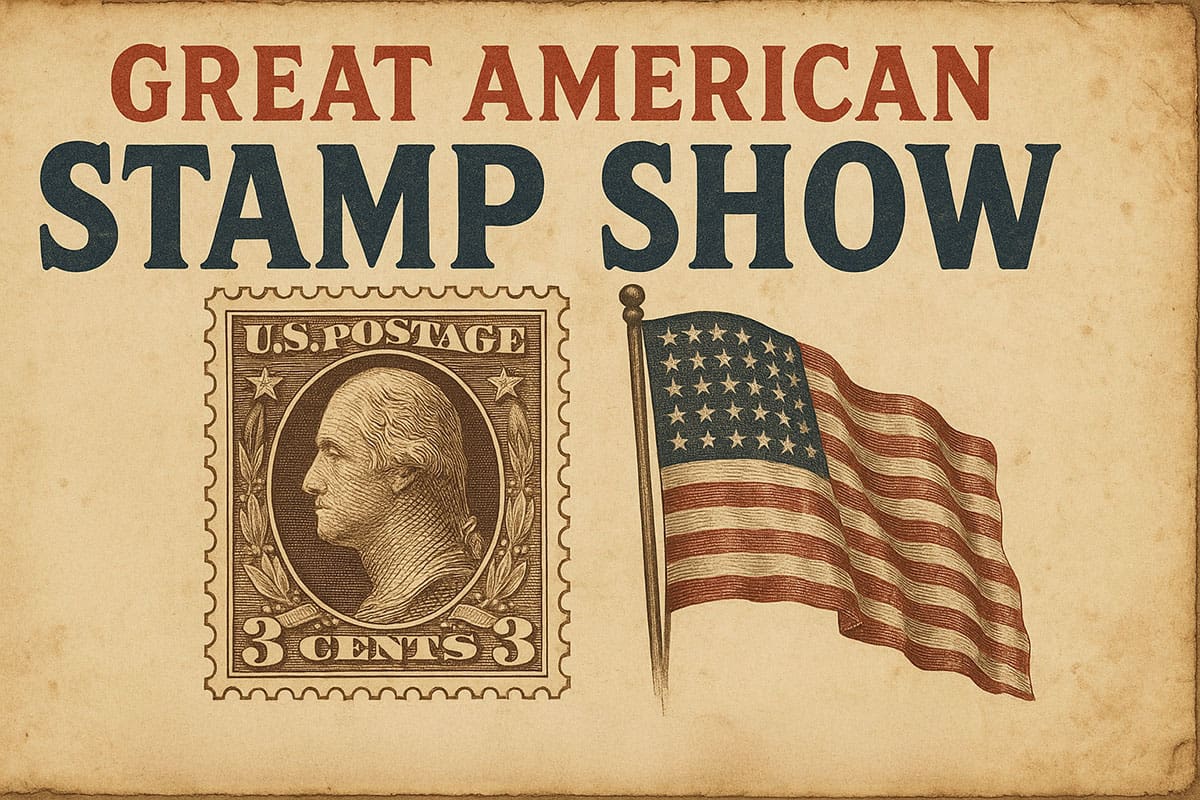

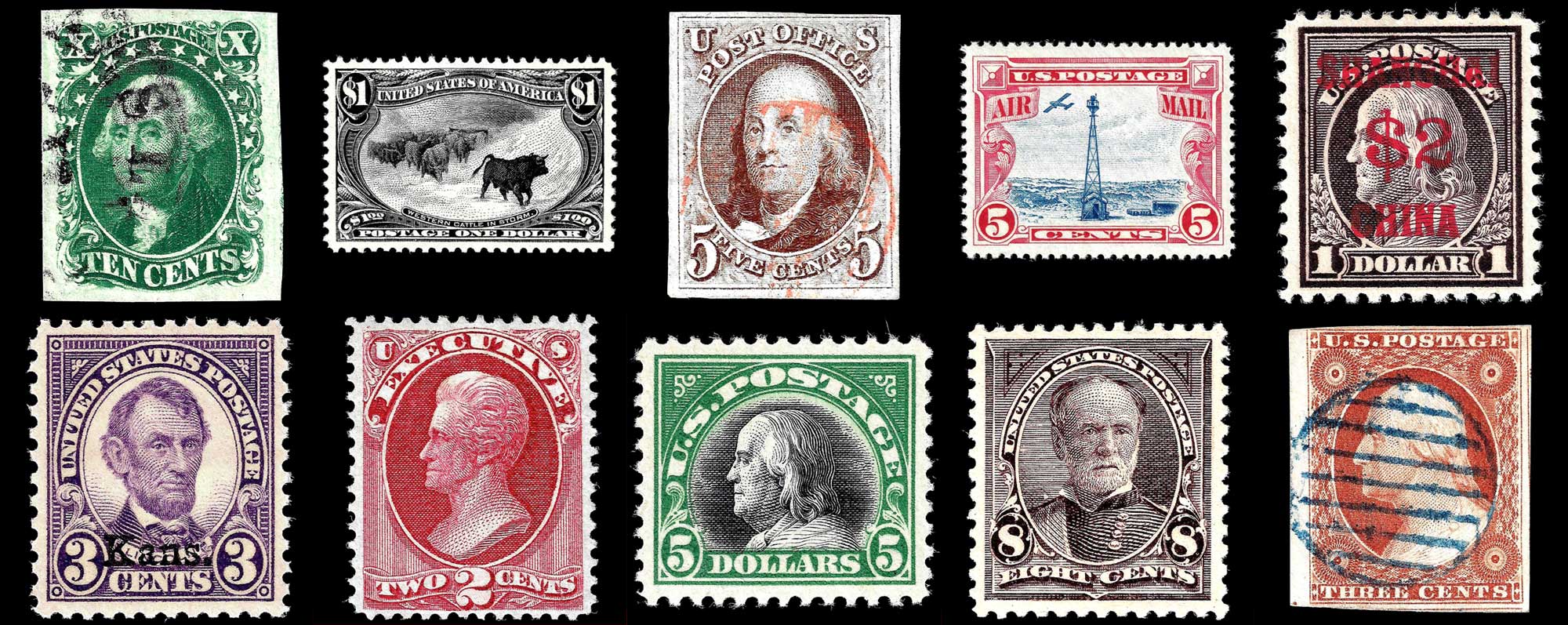
Ask A Question Or Leave A Comment